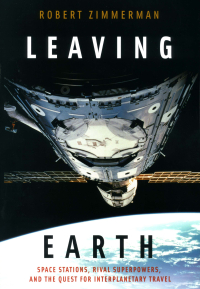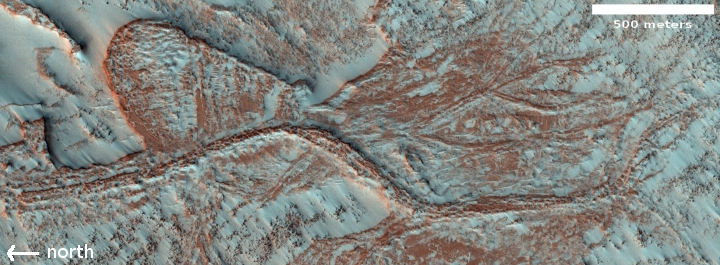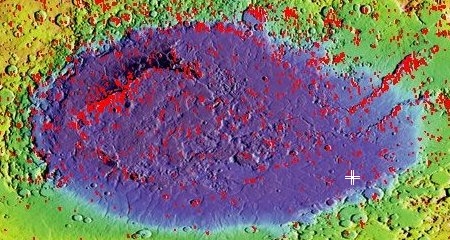Russian satellite rendezvouses with U.S. military satellite
A Russian military satellite, dubbed Inspector and supposedly designed to “monitor other [Russian] satellites in orbit”, has rendezvoused with a U.S. military satellite satellite, and is maintain a distance of about 200 miles.
With such a close range, it allows Cosmos 2542 to take numerous photographs of USA 245. “The relative orbit is actually pretty cleverly designed,” Thompson wrote. “Cosmos 2542 can observe one side of the KH-11 when both satellites first come into sunlight, and by the time they enter eclipse, it has migrated to the other side.”
Some news reports have suggested this might be a precursor to an attempt to destroy the U.S. satellite, but that is silly hype. The Russians have apparently decided to use their long ago developed technology for unmanned rendezvous (with Progress freighters to manned space stations) for military surveillance in space. There is nothing illegal about them doing this.
From the U.S. military perspective, this Russian action however once again points out the need to not depend on large big and expensive satellites that are launched rarely and are difficult to replace. They are too vulnerable. Better to put up many small and cheap satellites that are easy to replace and also act to provide redundancy.
A Russian military satellite, dubbed Inspector and supposedly designed to “monitor other [Russian] satellites in orbit”, has rendezvoused with a U.S. military satellite satellite, and is maintain a distance of about 200 miles.
With such a close range, it allows Cosmos 2542 to take numerous photographs of USA 245. “The relative orbit is actually pretty cleverly designed,” Thompson wrote. “Cosmos 2542 can observe one side of the KH-11 when both satellites first come into sunlight, and by the time they enter eclipse, it has migrated to the other side.”
Some news reports have suggested this might be a precursor to an attempt to destroy the U.S. satellite, but that is silly hype. The Russians have apparently decided to use their long ago developed technology for unmanned rendezvous (with Progress freighters to manned space stations) for military surveillance in space. There is nothing illegal about them doing this.
From the U.S. military perspective, this Russian action however once again points out the need to not depend on large big and expensive satellites that are launched rarely and are difficult to replace. They are too vulnerable. Better to put up many small and cheap satellites that are easy to replace and also act to provide redundancy.











